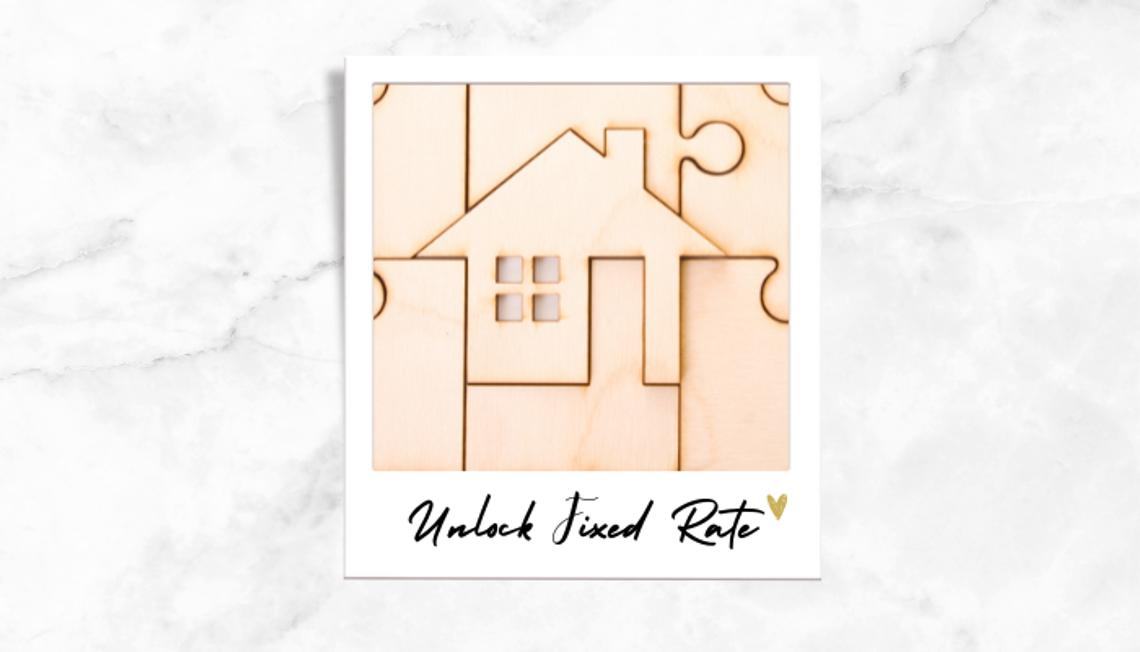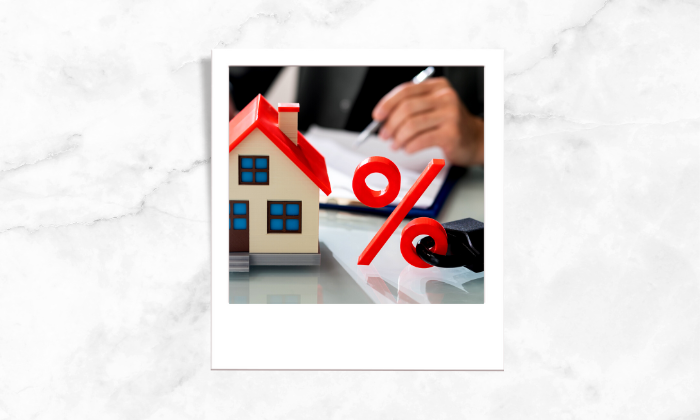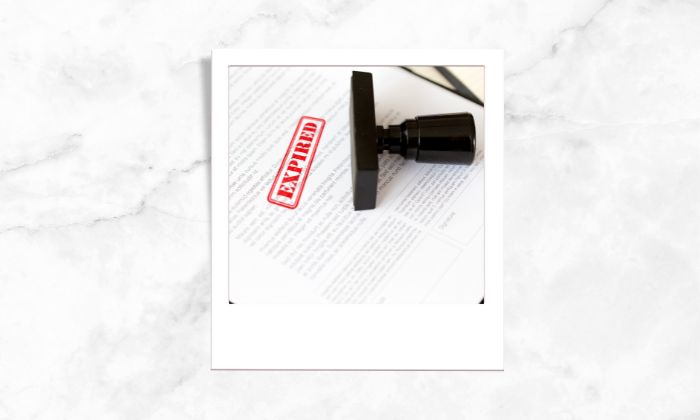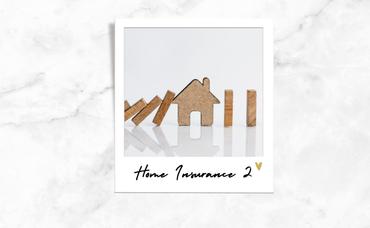Lock in a mortgage rate
Locking in a mortgage rate means a borrower entering into an agreement with the lender that allows to lock in the interest rate and cost structure that binds the borrower and the lender throughout the loan tenure.
A mortgage rate lock includes the annual interest rate, fees, and monthly payment plan.
For instance, you agree to lock in at 6.5% for a 30-year fixed-rate mortgage — meaning your lender guarantees you’ll pay 6.5% interest for the whole loan term and it won’t raise or lower your rate unless you refinance.
Can you unlock a mortgage rate?
Your mortgage rate lock is a commitment between you and your lender. Even if your home loan is continuing during the rate’s expiration date, your lender cannot change your rate — even if current rates suddenly rise steeply.
This provides great peace of mind for borrowers. Once you’ve locked, there won’t be any surprise price increases. But the hind side is you can’t unlock your mortgage rate after locking even if the interest rate lowers. But there may be other ways to get a lower rate after you’ve locked.
However, the agreement works both ways. If rates suddenly fall, you can’t just back out of the rate lock and expect your lender to offer you a lower interest rate.
In other words, once your rate is locked, it can’t be unlocked. But there may be ways to get out of a rate lock if interest rates fall substantially.
Your lender might adjust your rate only if the rate drop is typically at least a point in cost change.
Two strategies to get a lower rate after locking
So, if you lock in a mortgage rate and the rate goes down, you’ll usually have to keep the higher interest rate you locked in. But it’s not impossible to get a lower rate. You could:
- Ask your lender for a “float down option.” You’ll pay an additional cost at closing in return for getting lower current market rates
- Cancel your loan application and switch lenders. You abandon your current lender and start the entire loan process over with a new lender that can offer you a lower rate
There are huge benefits and risks to both of these strategies. You might face a large float-down cost while opting for a float down option, or face a big delay and added paperwork while opting to cancel your loan and switch lenders.
But if the savings you’ll see from a lower mortgage rate are significant enough, those hurdles may well be worth it.
After all, if you keep your loan for years, a lower mortgage interest rate could save you thousands in the form of lower monthly mortgage payments.
So let’s take a closer look at these two options.
Float down option:
A float-down provision or float-down option is an agreement between you and your lender that you can opt after you lock a rate.
You’d pay an additional fee — usually 0.5% to 1% of the loan amount — to drop your locked-in rate to current mortgage rates and you pay the fees at the time of closing.
For instance, a float-down provision on a $300,000 loan would likely cost around $1,500 (0.5 percent of the loan amount)
The amount your rate will be reduced depends on the current market conditions and your qualifications as a borrower.
Many lenders offer float-down options. But policies and fees vary.
The float-down fee can cost as much as 1% of the new loan amount. However, paying an additional 1% upfront is still relatively cost-effective compared to the amount of interest you’re likely to save in long-term. However, a float-down option is only worth when your rate has to drop low enough to justify the cost.
The savings from a lower interest rate accumulate gradually, over 30 years. Most homeowners don’t keep their mortgage for the entire 30 years. The average is around seven years. So when you calculate to weigh your savings, you need to factor in how long you’ll stay in the home or the loan.
Switching lenders after locking
Here’s a second scenario: You lock a mortgage rate, then rates fall, and your lender doesn’t offer a float-down provision. Or your lender can’t offer you a low enough rate to justify one.
You’re still not out of options.
The second way to ‘unlock’ your mortgage rate after a rate change is by simply jumping ship. You could cancel your loan application and go back to square one, applying with multiple lenders until you find the lowest possible rate.
Switching lenders at the last minute could help you save big on interest and loan costs.
You have the right to change lenders after locking to find a lower rate. But should you?
If you’re refinancing your home, the answer may be yes. However, you have to end up spending some more time, paperwork and paying certain fees like third-party fees (like the credit check and home appraisal) twice.
Other difficulties can arise if you have special loan considerations like poor credit scores, lower income, a down payment gift letter, a bank statement loan, or another attribute that makes it harder for lenders to approve your loan.
And if in case your loan approval was challenging in the first place, it’s not worth throwing away your application to search for a slightly lower rate.
What if mortgage rate lock expires before closing?
Once you lock in a mortgage rate, you’re committed to a “worst-case” scenario.
- If your loan fails to close before your rate lock expires, and rates have gone up, you’ll pay the higher rate.
- But if your rate lock period expires and rates have gone down, you don’t get the lower rate. You’ll close at the rate you locked
However, many lenders will allow a rate lock extension if interest rates have risen.
While not all mortgage lenders require rate lock agreements to be in writing, it’s better for you to have a written agreement.











